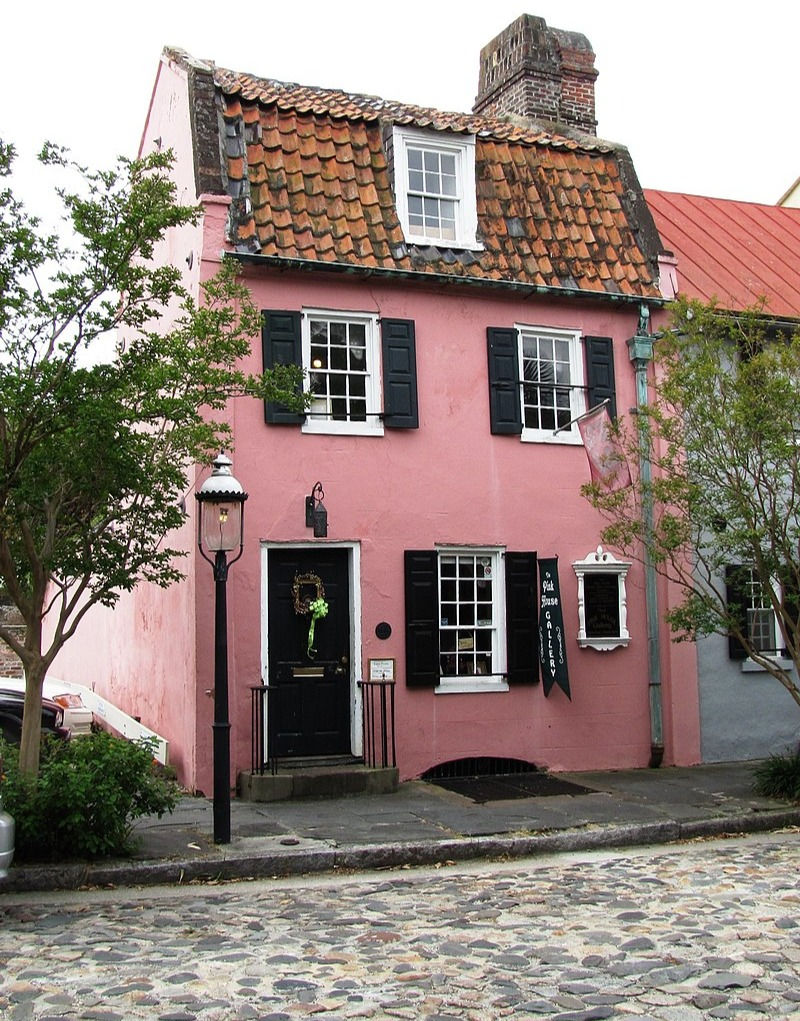Tricky Living on Land: No Omens (Chapter 15 of "Pirating Slavery")
- @ Cynthia Adina Kirkwood

- Nov 14, 2022
- 2 min read

“Port Royal,” Adrian said, immediately. “What! Not Charles Town,” Edward asked.
The Pink House, the oldest stone building in Charleston, South Carolina (formerly Charles Town), was built of Bermudian limestone around the late 17th century. (Photo by Brian Stansberry) England’s King Charles II granted the Province of Carolina in 1663 to eight of his friends who were loyal to him while he was in exile and England was a de facto republic led by Oliver Cromwell. Charles Town, named for the king, was founded in 1670. Several shiploads of settlers arrived from Bermuda and Barbados, many with enslaved Africans and indentured servants. The settlers declared war on the Cusabo people and, initially, allied with the Westo, a tribe that traded in enslaved native Americans. Charles Town slave traders broke the monopoly of the Royal African Company. Almost half of the slaves brought to the United States arrived in Charles Town. In 2018, the city formally apologized for its role in the slave trade.
Pirating Slavery, my novel about buccaneers liberating slave ships, will be published in 16 installments twice a week for four months. The 15th chapter appears here:
Books, published as installments, make the story more manageable while heightening the experience of reading. The book becomes a companion and a commentary on your day-to-day life as you read it over the course of a few months. Between chapters, readers have the time to share, talk and speculate about the book.
Try it!
Book serials first appeared in 1836, when a French newspaper published Honore de Balzac. At the same time, in England, Charles Dickens published The Pickwick Papers and ignited a trend. Harriet Beecher Stowe’s Uncle Tom’s Cabin was published in 1851 in 40 installments. Leo Tolstoy’s Anna Karenina was published in Russia from 1873 to 1877.



Comments